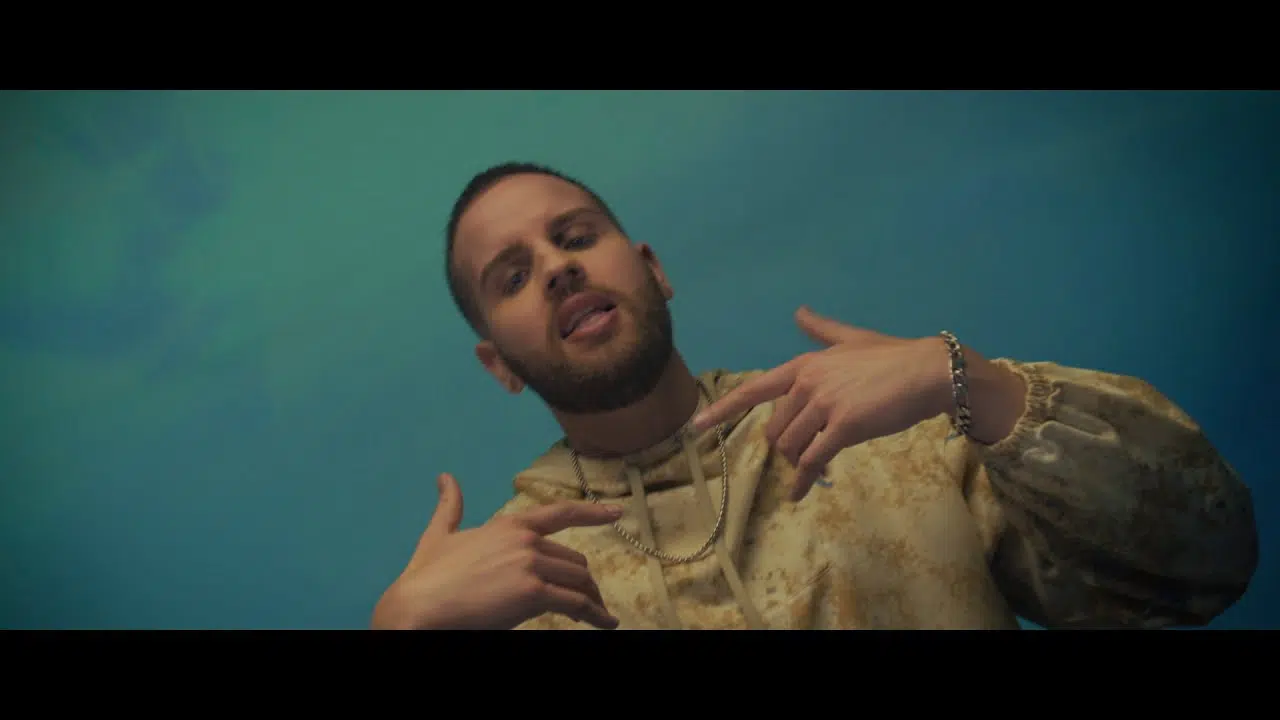Welcome to Hypefresh.com! Before you proceed to make a payment using PayPal, please carefully read and understand the following terms and conditions regarding our services and refund policy:
Service Description: Hypefresh.com offers various services including but not limited to sharing ad space on our website, editorial services, sponsored content, and promotion of brand/business/artist news content.
Service Packages: We offer different packages with varying features and prices. Details of each package, including price, word count, SEO optimization, backlink types, media inclusion, social media promotion, indexing on search engines, and publication timeframe, are clearly stated on our website.
Why Choose Hypefresh: We provide a streamlined process for publishing news stories on our influential platform, reaching a vast audience at an affordable price. Our expert team crafts SEO-optimized content to showcase your brand or business effectively.
Duration of Published Content: The duration for which your article will remain live on our site depends on the package you choose. Generally, sponsored content stays live for at least 12 months, with the option for longer duration.
Backlink Types: Backlink types vary based on the package chosen by the client. Please refer to the package details for more information.
Article Content Requirements: To ensure the best possible article, we encourage clients to provide as much context and information about themselves, their business, or brand as possible. This includes website or social media links, portfolio URLs, detailed information, contact details, and any specific requirements for the article.
Sponsored Content Labeling: Depending on the package selected, sponsored content may or may not be labeled as such. Please refer to the package details for clarification.
Refund Policy: We appreciate your business and strive to provide you with the best possible service. However, please note that due to the nature of our services, we do not offer any refunds. Once an article is written and published on our site, it signifies the completion of our service. We may make revisions to the content according to your requirements, with up to 3 to 10 revisions allowed per article. We will only publish the article upon your satisfaction.
Personal Information: We do not store any personal information of buyers beyond what is necessary for processing payments and delivering our services.
By proceeding with the payment, you acknowledge that you have read, understood, and agreed to these terms and conditions. If you have any questions or concerns, please contact us- ([email protected]) before making a payment.









